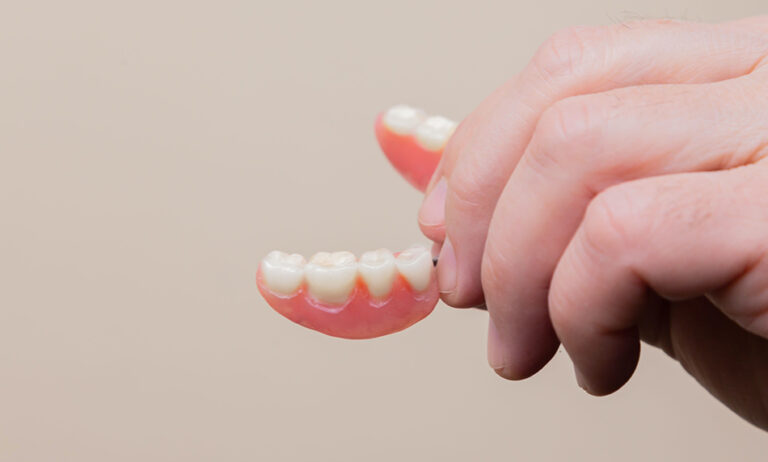Most toothpastes contain some abrasive ingredient designed to polish the teeth and gently remove surface stains. Two of the most common polishing agents are baking soda – often labeled sodium bicarbonate in the ingredients list – and diatomaceous earth. What are the pros and cons of each of these ingredients, and which one should be in your toothpaste?
Baking Soda
Baking soda, or sodium bicarbonate, is a common ingredient in toothpaste. There’s a good chance you keep some baking soda in the cabinet (for baking) and a box or two in the refrigerator (for removing odors). You might even use it in your laundry. For years, toothpaste manufacturers have added baking soda to their formulations with the claim that it polishes and whitens teeth.
The Pros: Baking soda is an effective cleanser. The June 2008 edition of the Journal of Clinical Dentistry found that toothpaste with baking soda was more effective than toothpaste that didn’t contain a polishing agent at all. Baking soda is also affordable, and a single box costs less than $1 and it lasts a long time.
The Cons: Baking soda freshens, cleans, and whitens, but it does so at a cost. Brushing with baking soda-infused toothpaste twice a day, every day can cause premature wear of the enamel, so experts often recommend limiting the practice to about a week. Furthermore, baking soda causes toothpaste to taste chalky, which can be offputting.
Diatomaceous Earth
Diatomaceous earth is a natural ingredient that is made from the fossilized remains of tiny creatures that live in water called diatoms, which are primarily silica. The skeletons of these tiny creatures are collected and crushed, which creates an all-natural abrasive. It can be used for various purposes, including keeping your teeth clean and white.
The Pros: Diatomaceous earth is exceptional at removing plaque and tartar – the substances that tend to contain decay-causing bacteria – from your teeth when used regularly. It has even been shown to help prevent gingivitis (gum disease), and when used as directed, it can even aid in reversing the signs of gum disease. It polishes as well as baking soda, but it is tasteless and does not affect the flavor of toothpaste.
The Cons: Like baking soda, diatomaceous earth does have the potential to be too abrasive when too much of it is being used to brush your teeth. However, in the right quantities, it keeps teeth white and healthy without increasing the risk of enamel erosion.
While baking soda and diatomaceous earth have many similarities, most people prefer to use diatomaceous earth for polishing and whitening their teeth. It’s abundant and natural, and unlike baking soda, it’s virtually flavorless! For an excellent toothpaste that contains this all-natural ingredient, check out WooBamboo’s entire line of earth-friendly toothpaste products in flavors like Marshmallow, Bubble Berry, and the sophisticated Vanilla Mint.






